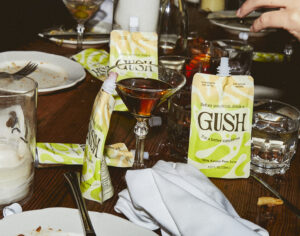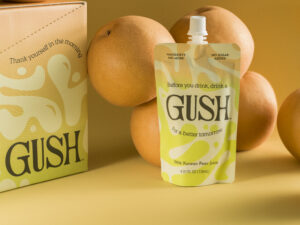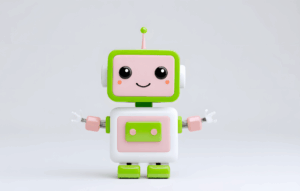In an era defined by convenience, packaging waste has exploded – filling landfills, polluting oceans, and quietly infiltrating our bodies through microplastics and chemical leaching. But a growing counter-movement is beginning to take root in neighborhoods across the U.S., and it’s reshaping the way we think about consumption, health, and sustainability.
Welcome to the world of refill and zero-waste stores. These community-driven shops are turning the traditional retail model on its head. Instead of shelves stocked with plastic-wrapped everything, imagine rows of glass jars, bulk bins, stainless steel spouts, and a simple rule: bring your own containers.
Why Package-Free Matters
Environmental Impact of Single-Use Packaging
Globally, we produce around 400 million tons of plastic waste each year, and packaging makes up nearly 50% of that total. In the U.S. alone, over 91% of plastic is never recycled, despite the chasing arrows symbol that implies otherwise.
This waste doesn’t just disappear. Instead, it:
- Fills up landfills that are already nearing capacity.
- Breaks down into microplastics, now found in rainwater, soil, and even human blood.
- Leaches toxins into waterways and marine food chains, impacting ecosystems and human health alike.
Health Concerns from Plastic
It’s not just about the planet – plastic packaging also poses risks to our bodies. Many plastics used for food storage and packaging contain chemicals like:
- BPA (Bisphenol A) – an endocrine disruptor linked to infertility, breast cancer, and metabolic issues.
- Phthalates – commonly found in flexible plastics and linked to hormone disruption, lower sperm count, and developmental problems in children.
A 2020 study found microplastics in 100% of human placenta samples, raising new questions about how deeply our modern lifestyle is affecting the next generation.
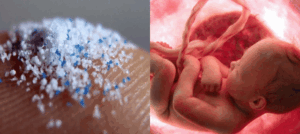
How screwed up is that is that? Do you really want your future family to literally come into this world already exposed to pollution and the ensuing health effects from plastic?
What Refill and Zero-Waste Stores Offer
How They Work
Refill shops typically follow a simple process: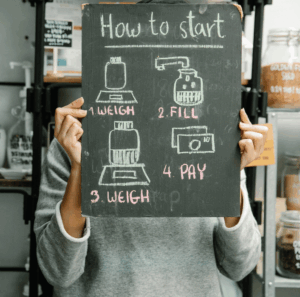
- Bring your own containers (or purchase reusable ones from the shop).
- Weigh them before filling.
- Refill essentials like grains, snacks, soaps, shampoo, laundry detergent, and more.
- Weigh again and pay by the ounce or gram.
This model not only eliminates single-use packaging, but it also allows for buying in specific quantities suited to your needs, reducing food waste and cost.
What You Can Refill
Common refill items include:
- Pantry staples: rice, oats, flour, beans, nuts, dried fruit
- Cleaning supplies: dish soap, laundry detergent, all-purpose cleaner
- Personal care: shampoo, conditioner, toothpaste, deodorant
- Specialty items: teas, spices, oils, vinegars, honey
Many refill stores also stock local, organic, and small-batch products, creating stronger ties between customers and local makers or farmers.
Spotlight: Top U.S. Refill and Zero-Waste Shops
Here are a few refill pioneers making big impacts: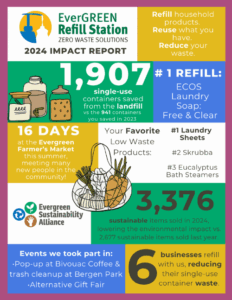
- The Fillery (Brooklyn, NY): Offers local goods and pantry staples with a community-first vibe.
- Re_Up Refill Shop (Austin, TX): Emphasizes closed-loop product cycles and local delivery.
- Nada (Vancouver, BC): Full grocery store experience with refill options for dry goods and produce.
- Earthwell Refill (San Diego, CA): Offers refills for body care, cleaners, and baby products.
- Public Goods Refillery (Nationwide pop-ups): Brings package-free shopping to festivals and events.
- The Refill Shoppe (Ventura, CA): Boutique-style refill experiences with charm and function.
As of 2024, there are over 300 refill stores operating in the U.S., with new ones popping up each quarter.
Barriers and Benefits
Challenges to Consider
- Accessibility: These stores are still largely urban-based, leaving rural communities underserved.
- Price perception: Upfront costs can feel higher than big-box stores (though long-term savings often balance this out).
- Awareness: Many consumers simply don’t know refill options exist in their area.
The Real Benefits
- No packaging waste or contribution to landfills
- Less food and product waste
- Long-term savings by buying only what you need
- Supporting local businesses and growing the local economy
- The satisfaction of aligning your actions with your values
Refill culture is about more than stuff – it’s about shifting how we relate to the consumption of stuff.
Getting Started
You don’t need to overhaul your whole pantry overnight. Try this beginner-friendly approach:
Start with 3 Easy Swaps
- Dish Soap – Look for refill stations or concentrate tablets.
- Dry Goods – Bring mason jars or cloth bags for bulk rice, oats, or pasta.
- Shampoo or Body Wash – Refill in-store with natural and toxic free choices.
Essential Tools
- Mason jars, wide-mouth or flip-top
- Mesh produce bags
- Cloth sacks for grains, beans
- Pumps, sprayers, and funnels for liquid products
- Wax wraps and silicone lids to replace plastic wrap
Final Thoughts: Small Steps, Big Ripple
Package-free and refill stores aren’t just a cool new trend; they’re actually an old one, and where we got started. Buying in bulk and locally also saves you money, time, and the planet.
It’s about building a more thoughtful, connected way of living. One where our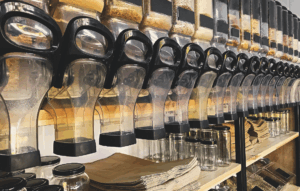 purchases reflect our priorities. One where less truly becomes more.
purchases reflect our priorities. One where less truly becomes more.
So start where you are. Bring a jar. Skip the plastic. Support the refill movement.
We cannot afford to base our lives solely on short-term convenience – we have to be thinking about conscious consumption; we need to look at the big picture. Every bottle we refill, every plastic pouch we say no to, is a quiet act of resistance against a throwaway culture that’s pushing our planet toward ecological collapse. The truth is, the Earth can’t afford our indifference much longer.
We are approaching a tipping point – not just environmentally, but culturally. Our habits today shape the kind of world we leave for the next generation. Microplastics are already in our water, our food, and, yes, even our bloodstreams. Landfills are overflowing. Oceans are suffocating.
But it’s not too late. When we choose reuse over waste, mindfulness over convenience, and community over consumption, we begin to shift the tide. The refill movement is a doorway – one that invites us to live more responsibly, more simply, and more in harmony with the world that sustains us.
So let that jar be your reminder: the future is in your hands. Literally.


